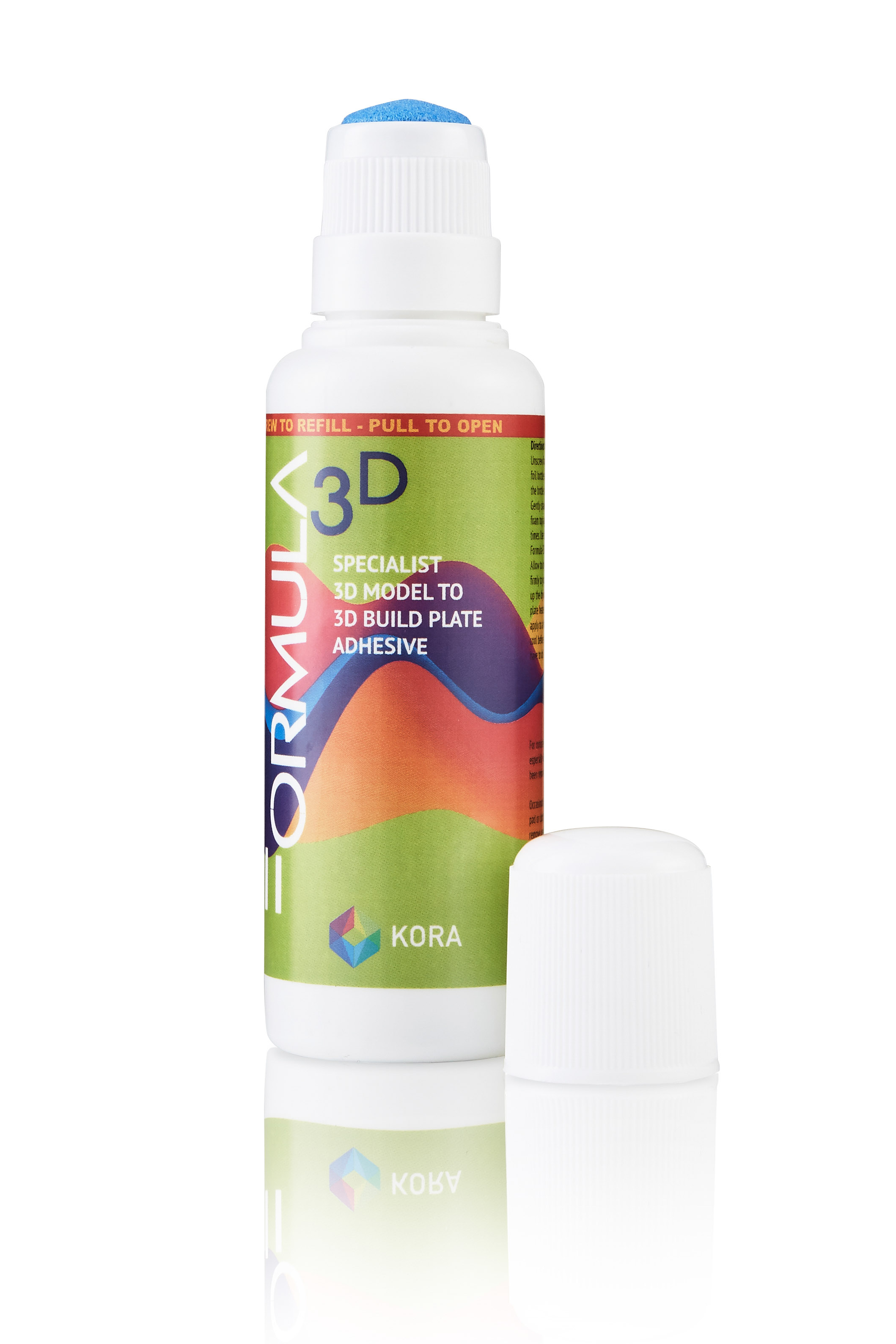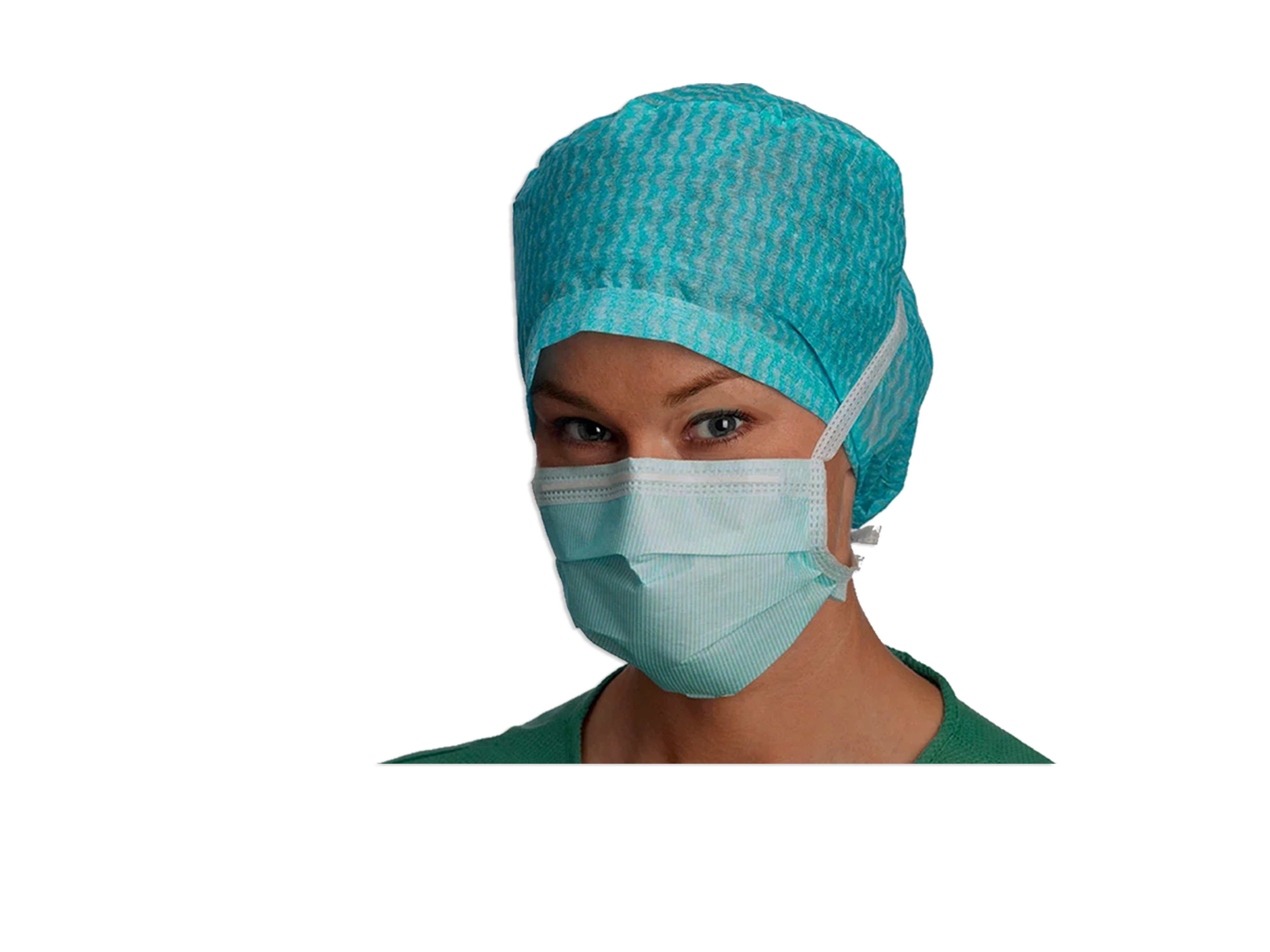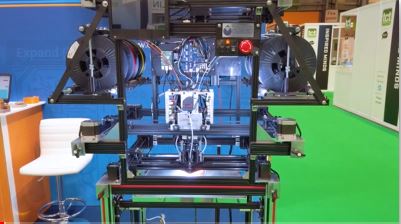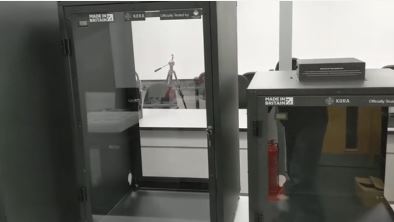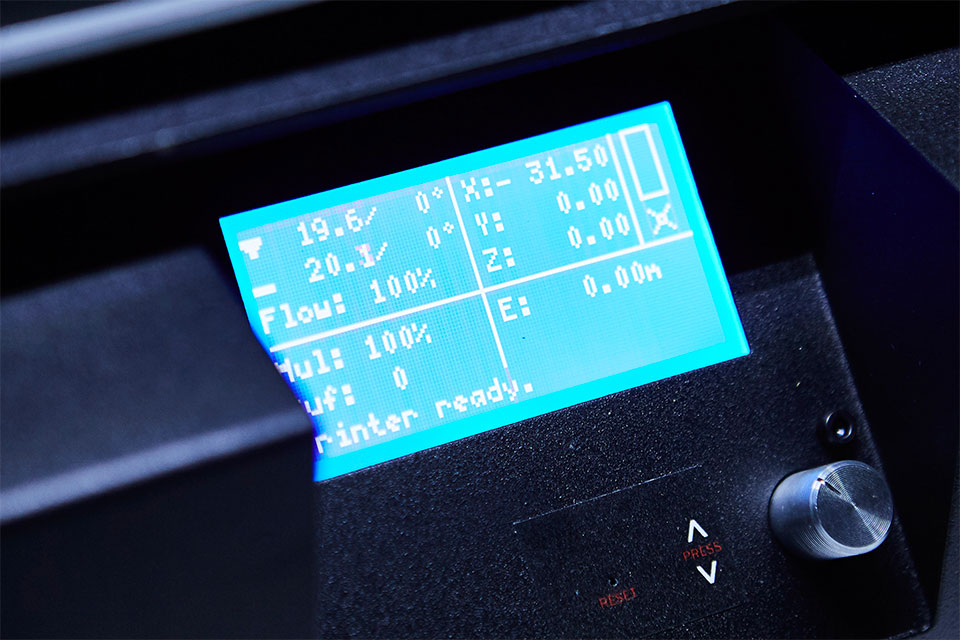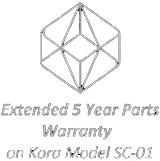
RS Components - PPE Legislation
13 May 2019

RS Components - PPE Legislation and how they impact you
On 21 April 2019, the new PPE Regulation (EU) 2016/425 came into full effect following a 12-month transition period.
The new regulation is more extensive than the old PPE Directive 89/686/EEC it replaces – which was implemented back in 1989 – and directly affects manufacturers, importers, distributors and retailers.
So exactly what’s changed and what does it mean for you?
What is the new PPE Regulation 2016/425?
The PPE (personal protective equipment) regulation was fully enforced this year, following a transition period which started on 21 April 2018. This allowed companies to work to either the old directive or the new regulation, with both running simultaneously for 12 months.
It places a general duty of care on employers, which now share responsibility with manufacturers to provide safe and effective products. The regulation underpins the Health and Safety at Work Act 1974 (HASAWA) which states employers must protect the health, safety and welfare of all employees.
Any importers or distributors which market products in Europe under their own name, brand or trademark now become liable for the full manufacturer’s obligations.
Why has this new regulation come into effect?
Manufacturing and supplying PPE has changed so much over the years that the former legislation was no longer suitable. The new regulation will be more in line with developments in technology, production techniques and how PPE is brought to market.
It also helps improve the product approval process, observation of the market and the requirements on certain equipment, including hearing protection and life jackets.
As a manufacturer, here are some of the steps which ensure compliancy with the regulation:
• Provide the EU Declaration of Conformity with all PPE and carry out product risk assessments.
• Draw up all technical documentation and retain it for 10 years after the equipment is placed on the market.
• Carry out sample testing and keep a register of complaints and communicate this with distributors.
• Mark products and packaging with the relevant trademarks, your name and an address, and provide manufacturer instructions.
• If any PPE doesn’t conform, take the necessary actions to either bring it in line with conformity or take it off the market.
What’s the impact for importers and distributors?
The new regulation applies to the entire supply chain, instead of just manufacturers. This means that everyone involved in the manufacture, supply and distribution of PPE must ensure the equipment meets the standard requirements. This means you should:
Ensure PPE has CE marking and is accompanied by the required documents and instru ctions for use before it goes on the market.
• Keep the Declaration of Conformity for 10 years after the PPE is put on sale and ensure all documentation is available on request.
• Participate in market surveillance tasks.
• Inform the relevant authorities if any PPE presents a risk, and take the necessary steps to bring it into conformity or recall the products from sale.
Purchasing PPE – what can employers do?
Employers must ensure PPE providers meet the new regulation, as they did with the old directive. Here’s what you can do to ensure your PPE is compliant:
• Always buy PPE from a trusted source and ensure suppliers are members of the BSiF Registered Safety Supplier Scheme.
• Each item of PPE must feature a European Union Declaration of Conformity, or come with a digital version of the certificate provided on the product or in its instructions. If not, contact the supplier immediately to ask them to supply the relevant documentation.
• The new regulation doesn’t apply any duties directly to end purchasers of PPE. Employers which require the use of PPE are covered by the Personal Protective Equipment at Work Regulations 1992, which aren’t affected.
Key changes and benefits
Anyone operating within the PPE sector is now legally required to comply with the regulation.
One of the biggest differences is the old regulation applied only to PPE manufacturers, while the new regulation applies to the whole distribution chain, so importers, distributors and retailers are now also responsible for making sure PPE is CE marked and accompanied by instructions.
Manufacturers must now provide either the EU Declaration of Conformity with the product, or include information on how to access it online.
The requirements on certain pieces of equipment have changed. Hearing protection and life jackets are now classed as more important and have both moved from category II intermediate PPE to category III complex PPE.
Most importantly, the new PPE Regulation (EU) 2016/425 is now in full effect and the old PPE Directive 89/686/EEC is repealed. Any certificates issued under the old directive are valid until 21 April 2023, unless they expire before that time.
At RS we work closely with expert PPE manufacturers who have been working tirelessly to ensure they are fully compliant with the requirements of the new regulations, and make new documentation available to the end user. Our PPE offer covers all the leading brands and is complimented by our machine safety, electrical safety and site safety ranges providing a single source for all your workplace safety needs.



